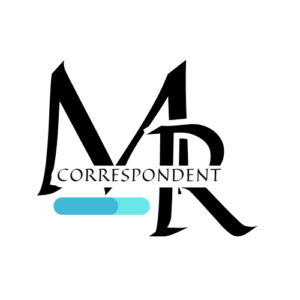Inflation moved closer to the Federal Reserve’s target in August, easing the way for future interest rate cuts, the Commerce Department reported Friday.
The personal consumption expenditures price index, a measure the Fed focuses on to measure the cost of goods and services in the U.S. economy, rose 0.1% for the month, putting the 12-month inflation rate at 2.2%, down from 2.5% in July and the lowest since February 2021.
Economists surveyed by Dow Jones had been expecting all-items PCE to rise 0.1% on the month and 2.3% from a year ago.
Excluding food and energy, core PCE rose 0.1% in August and was up 2.7% from a year ago, the 12-month number 0.1 percentage point higher than July. Fed officials tend to focus more on core as better measure of long-run trends. The respective forecasts were for 0.2% and 2.7% on core.
“All quiet on the inflation front,” said Chris Larkin, managing director of trading and investing at E-Trade from Morgan Stanley. “Add today’s PCE Price Index to the list of economic data landing in a sweet spot. Inflation continues to keep its head down, and while economic growth may be slowing, there’s no indication it’s falling off a cliff.”
Though the inflation numbers indicated continued progress, the personal spending and income numbers both came in light.
Personal income increased 0.2% on the month while spending rose 0.2%. The respective estimates were for increases of 0.4% and 0.3%.
Stock market futures were positive following the report while Treasury yields were negative.
The readings come a little more than a week after the Fed took down its benchmark overnight borrowing rate by half a percentage point to a target range of 4.75%-5%.
The progress in August came despite continued pressure from housing-related costs, which increased 0.5% on the month for the largest move since January. Services prices overall increased 0.2% while goods declined by 0.2%.
It was the first time the central bank had eased since March 2020 in the early days of the Covid pandemic and was an unusually large move for a Fed that prefers to move rates in quarter-point increments.
In recent days, Fed officials have switched their focus from inflation fighting to an emphasis on supporting a labor market that has shown some signs of softening. At their meeting last week, policymakers indicated a likelihood of another half percentage point in cuts this year then a full point in reductions for 2025, though markets expect a more aggressive path.







